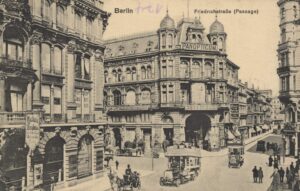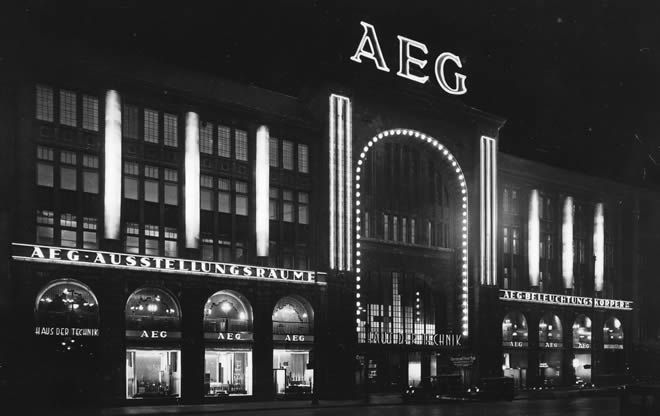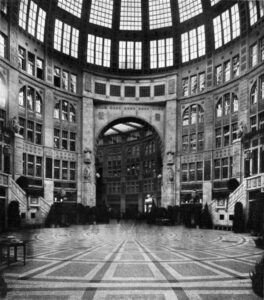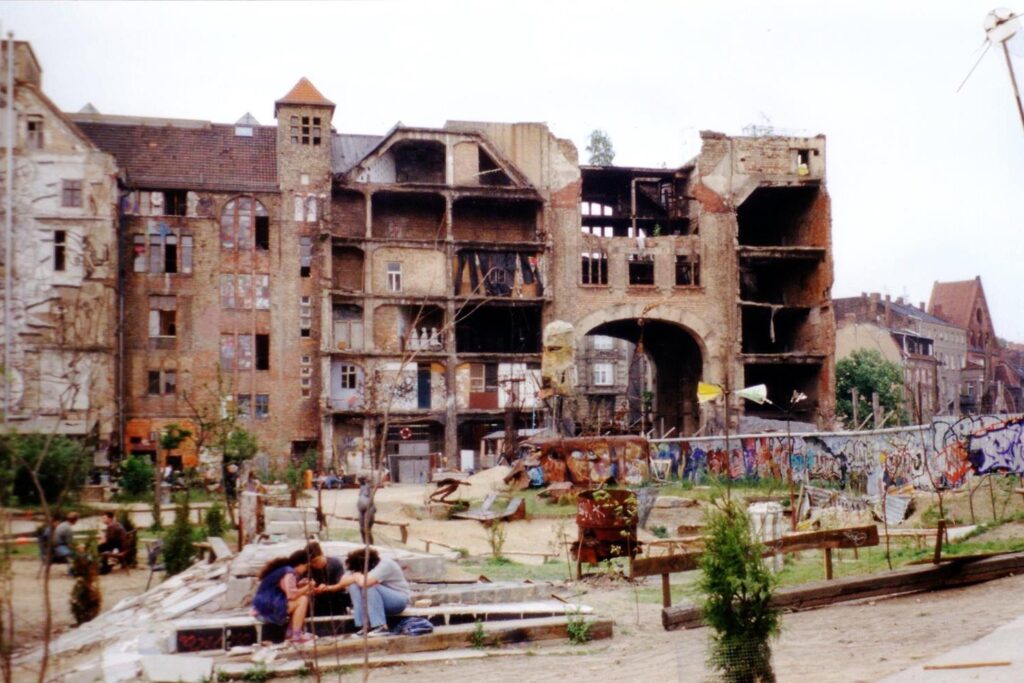HISTORY
“Tacheles” is an old Yiddish word meaning to disclose, to reveal or to speak clearly. The phrase ‘Let’s Talk Tacheles’ is common in Yiddish, German and Hebrew, meaning to get real. To talk straight-up.
The Arthouse Tacheles was situated in a ruin in Berlin Mitte. Located in former East Berlin, the area was a Jewish quarter in the past and was just down the street from the old synagogue. The building was originally built in 1907 by as the Friedrichstadt-Passage, the largest department store in Berlin at that time.


Within a few years the department store went bankrupt, and in 1928 the house was taken over by AEG, which founded the Haus der Technik, a display and marketing space for electrical products. To showcase German engineering to the world, one of the first television transmissions ever (the opening ceremony of the 1936 Olympics) was broadcast from its roof. In Word War II parts of the building were used by the Nazi Party for administration and organization departments, and on the 5th floor French prisoners of war were detained. Between 1943 and 1945 during the allied air raids the building was hit by bombs and was partly damaged, but not completely destroyed.
In 1948, the building was taken over by the Free German Trade Union Confederation (FDGB) of the GDR. Part of the building was used for craft businesses and smaller shops, but the rest of the building was not maintained and began to deteriorate. Lacking funds to restore it, the East German government demolished the parts of the building including the massive dome that had connected the former shopping arcade between Oranienburgerstraße and Friedrichstraße. It was scheduled for complete demolition in April 1990, but the fall of the GDR saved the building from destruction.

After the Berlin Wall came down in November 1989, a subculture of “squatters” with a focus on autonomy, spontaneity and improvisation arose in the former East. Artists and individualists from all over the world moved into the many buildings vacated by those moving West.

In February 1990, the building was occupied by a group of young East German artists. In response to years of oppression under the GDR, they named this location “Tacheles” as place where people could speak freely. They were joined by artists and free-thinkers from all over the world and fought for the building’s protection as a historical monument. Due to the iconic look of the building and the numerous creative activities taking place, the Tacheles soon became famous. Many international artists staged performances or concerts there, exhibited paintings, sculptures and installations. Known for its unique “ruined” architecture, eclectic and ground-breaking artists, installations, and legendary parties, the “Kunsthaus Tacheles” became an international cultural landmark for Berlin.
Berlin in the '90s
After the fall of the Berlin Wall on November 9, 1989, travel restrictions for East Germans evaporated overnight, and thousands of residents of the East fled West. Entire buildings were left abandoned, and artists, musicians and free-thinkers of all backgrounds occupied the empty buildings. These “squatters” created a new society of free expression and creativity, breathing new life into the decayed East Berlin. One infamous squat house was the Tacheles. Defying numerous eviction and demolition attempts, the building and its sculpture garden became not just a residence but also a cultural and artistic landmark for more than two decades. Underground clubs sprang up, and Berlin became a hotbed for the emerging electronic dance music scene. Although East and West Germany were informally reunited, the official reunification took several years to complete. In the interim, a period of uncertainty and a bohemian lifestyle existed briefly as the future of Germany was being determined.
For more information:







